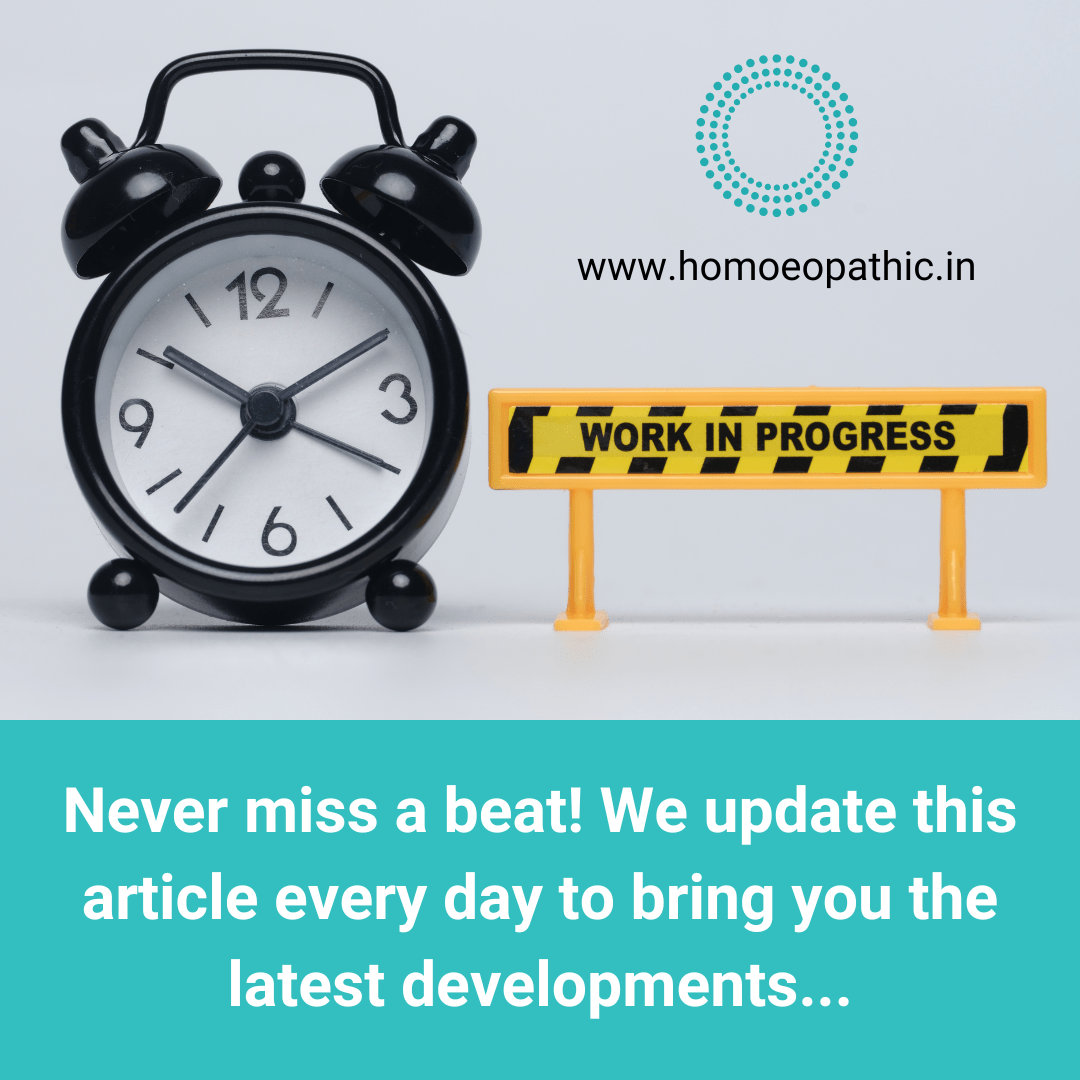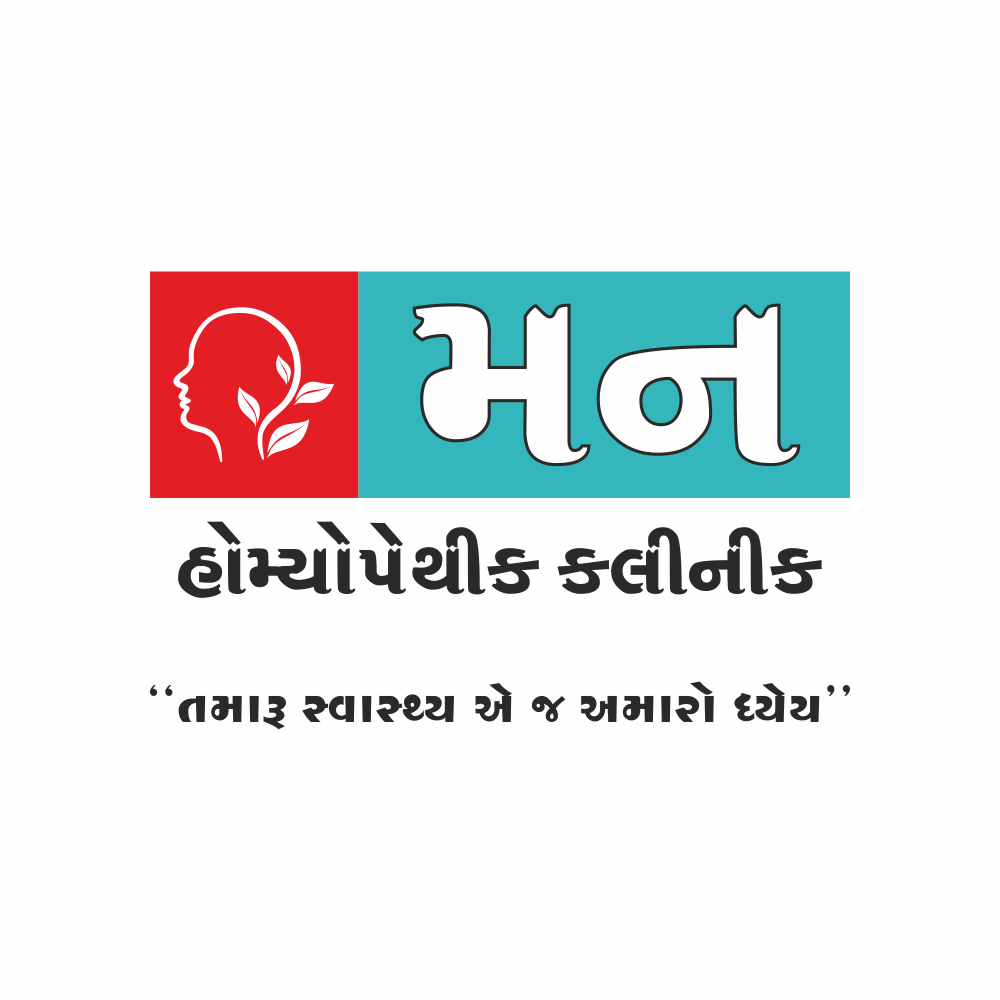
Colchicum Autumnale
Overview:
Within the vast garden of homeopathic remedies, Colchicum unfurls as a delicate yet potent presence, often called upon when sensitivity reigns supreme. Picture an individual whose senses are exquisitely heightened, particularly where the mere aroma of cooking food, especially fish or eggs, wafts not as an invitation but as a wave of profound nausea, sometimes even unto faintness. This heightened vulnerability often extends outwards, making light too bright, noise too jarring, and the slightest touch upon inflamed, gouty joints an almost unbearable torment. Alongside this rests a deep-seated weakness, a prostration that permeates body and mind, painting a picture of someone whose vital energies feel markedly depleted, yet whose pains and sensitivities burn brightly. Colchicum is thus known in homeopathy for addressing these states where extreme sensitivity, gastrointestinal aversion, painful rheumatic or gouty afflictions, and debilitating weakness converge.
Common names :
Middow saffron
Tuber root
C
O
L
C
H
I
C
U
M
C
C – Coldness
Description: A characteristic physical symptom is an icy coldness felt internally, particularly in the stomach and abdomen. This sensation can be quite pronounced and may accompany digestive complaints or general prostration, pointing towards Colchicum in certain gastric or collapsed states.
Reference: [Boericke, William – Pocket Manual of Homoeopathic Materia Medica]
O
O – Odors
Description: One of the most prominent guiding symptoms of Colchicum is extreme nausea, often escalating to vomiting or even faintness, triggered specifically by the smell of cooking food. Even thinking about food can provoke this reaction, highlighting a profound olfactory sensitivity linked to the digestive system. This is a key indicator, especially if odours like fish, eggs, or meat are particularly offensive.
Reference: [Kent, James Tyler – Lectures on Homoeopathic Materia Medica]
L
L – Limbs joint pain
Description: Colchicum has a strong affinity for the fibrous tissues of the limbs, particularly manifesting as gout or rheumatism in the small joints like fingers and toes. The physical pain is often so intense that the person screams if the affected joint is even lightly touched or accidentally stubbed. This extreme tenderness in small joints is a significant physical guiding symptom.
Reference: [Nash, E.B. – Leaders in Homoeopathic Therapeutics]
C
C – Colic
Description: Physically, the abdomen can suffer greatly, exhibiting violent colic or burning pains. A key feature is extreme distension; the abdomen feels intensely bloated, often described as feeling like it might burst. This tympanitic state can accompany gastric coldness or other digestive upsets.
Reference: [Clarke, John Henry – A Dictionary of Practical Materia Medica]
H
H – Hydropericardium
Description: Physical symptoms may involve the heart, especially in rheumatic or gouty individuals. Patients might experience oppression in the chest, sharp stitches near the heart, or signs of pericardial effusion (hydropericardium). The pulse can become very weak and thin, often described as threadlike, reflecting cardiac weakness or distress associated with the remedy’s sphere.
Reference: [Hering, C. – The Guiding Symptoms of Our Materia Medica]
I
I – Inky urine
Description:Urine hot,bloody,cloudy,watery, almost like ink.
Reference:Materia medica of homoeopathic medicines by DrS.R.Phatak
C
C – Chilliness
Description: Beyond internal coldness, general chilliness is a noted physical symptom, sometimes felt distinctly running down the back. Accompanying this, or during periods of weakness or pain, a cold sweat may break out, particularly noticeable on the forehead.
Reference: [Phatak, S.R. – Concise Materia Medica of Homoeopathic Remedies]
U
Tab Content
M
Tab Content
I
R
K
E
D
I
I – Irritability Extreme
Description: The patient exhibits a pronounced state of irritability, ill-humor, and impatience. They are easily angered or displeased by external stimuli (noises, smells, light, touch) or their own suffering, particularly pain. Contradiction or minor disturbances make them cross.
Reference: Pocket Manual of Homoeopathic Materia Medica & Repertory by W. Boericke
R
R – Reluctance
Description: The patient displays a significant disinclination towards any mental exertion. Activities like reading, sustained thinking, or even conversation feel burdensome or impossible due to mental fatigue, inability to connect thoughts, or the overwhelming nature of their suffering and sensitivity.
Reference: The Guiding Symptoms of our Materia Medica, Vol. IV by C. Hering
K
K – Keen Senses
Description: The senses are abnormally acute and sensitive, leading to intolerance. Bright lights, slight noises, strong odors (not just food), and even light touch are perceived intensely and are disagreeable or unbearable, worsening the mental distress and irritability. Reference: A Dictionary of Practical Materia Medica by J.H. Clarke
E
E – Easily Vexed
Description: The mental threshold for annoyance is very low. The patient is easily vexed, disturbed, and made unhappy by their environment, interactions, or their own physical discomfort. They find fault readily and lack mental tranquility.
Reference: Leaders in Homoeopathic Therapeutics by E.B. Nash
D
(D) – Discontent,Dullness
Description: A state of discontent prevails; nothing seems right or satisfactory. This is often accompanied by mental weakness or dullness; the mind feels prostrated, unable to concentrate or sustain thought, sometimes as a direct result of pain or overwhelming sensory input.
Reference: Materia Medica of Homoeopathic Medicines by S.R. Phatak
Introduction
Constitution
Clinical
Mental Symptoms
Guiding Symptoms
Characteristic
Therapeutic Value
Modality
Remedy Relationship
Dose
Terminologies
Reference
Also Search As
Introduction
Introduction
Common name:
Middow saffron
Synonyms
Tuber root, Upstart
Family / Group / Class / Order
Plant kingdom
Habit and habitat / Description
It is found in most parts of Europe, Asia Minor and North America. Flowers bloom from September to October.
Name of prover
Dr Stapf
Introduction and history
The flowers of the plant appear in autumn, the
leaves not until the following spring. Colchicum is best known as a remedy in
gout and rheumatism and the proving shows its specific relation thereto.
Parts used
It is prepared from the tincture of the bulb,
dug in spring.
Constitution
Constitution
Physical make up
It is adapted to rheumatic and gouty
diathesis; persons of robust, vigorous constitution, and to diseases of old people.
Temperament
Rheumatic and melancholic, leucophlegmatic
Diathesis
Rheumatic and gouty
Relation with heat & cold
Chilly
Miasm
Psora
Clinical
Clinical conditions
Sites of action / Pharmacodynamics
Digestive tract, heart, pericardium,
kidneys and joints.
Causation (Causes / Ailments from)
From grief, misdeeds of others, night watching, bad effects of suppressed perspiration.
Patho-physiological changes / Pathogenesis
1. Acts especially upon the cerebospinal centres and terminates in a violent
inflammation of a choleric character.
2. Acts upon the mucous membrane of the gastrointestinal canal causing all the
gastric symptoms.
3. Also affects the kidneys, liver, heart and salivary glands.
Mental Symptoms
Characteristic Mental Symptoms (psychology)
1. Mind of the patient is beclounded, but answers correctly.
2. There is absence of apprehension, no fear of death.
3. Patient is depressed, irritable and sensitive.
4. Patient can read, but cannot understand a short sentence.
5. External impressions such as bright light, strong odours, contact, misdeeds
of others make him quite beside himself.
6. Patient has weak memory.
Guiding Symptoms
Guiding Symptoms
Generalities
Head
Eye
Ears
Nose
Face
Mouth
Throat
Stomach
Abdomen
Rectum & Anus
Stool
Urinary Organ
Sexual Organ
Respiratory System
Heart & Pulse
Neck & Back
Extremities
Skin
Sleep
Fever
Characteristic
Important characteristic features
Keynotes / Redline
Guiding
PQRS
Confirmatory
Nucleus symptoms
Therapeutic Value
Modality
Modality
Aggravation
Mental emotion or exhaustion, effects of hard study, odour
of cooking food, cold damp weather, smell of cooking food, motion, autumn,
exertion, night watching and overstudy.
Amelioration
Warmth, lying down quietly.
Remedy Relationship
Remedy Relationship
Complimentary
Follows Well
Carb-v, Merc, Nux-v, Puls, Sep, Rhus-t.
Inimical
Antidoted By
It Antidotes
Acet-ac, Acon, Cham, Chin, Grat, Merc, Puls, Staph.
Comparison
Ars, Colch, Sep.
Dose
Dose
Potency
Duration of Action
Terminologies
Terminologies
Main terms
Proving (or Homeopathic Pathogenetic Trial – HPT):
The process of giving a substance to healthy volunteers to discover the symptoms it produces.
Materia Medica:
collection of remedy descriptions, detailing the symptoms and characteristics of each homeopathic medicine.
Repertory:
An index of symptoms, listing remedies associated with each symptom.
Symptom Totality:
The complete picture of a patient’s physical, mental, and emotional symptoms, including modalities.
Characteristic Symptoms /
Keynote Symptoms:
Unique, peculiar, or strongly expressed symptoms that clearly indicate a specific remedy.
Modalities:
Factors or circumstances that make a symptom better (amelioration) or worse (aggravation).
Potency:
The level of dilution and succussion a remedy has undergone (e.g., 6C, 30C, 200C).
Potentization / Dynamization:
The specific homeopathic process of serial dilution and succussion used to prepare remedies.
Similia Similibus Curentur (Law of Similars):
The principle that "like cures like"; a substance causing symptoms in the healthy can cure similar symptoms in the sick.
Acute vs. Constitutional Prescribing:
Acute prescribing treats short-term illness; Constitutional prescribing treats the whole person and chronic tendencies.
Aggravation (Homeopathic Aggravation):
A temporary, slight worsening of symptoms after taking the correct remedy, potentially indicating a healing response.
Reference
Reference
Also Search As
Also Search As
1.Academic and Medical Databases:
Google Scholar:
This is often a good starting point as it indexes scholarly literature across many disciplines. Use the search terms mentioned above.
PubMed (pubmed.ncbi.nlm.nih.gov):
While primarily focused on conventional biomedical literature, you might find research articles, reviews, or comparative studies mentioning Colchicum in a homeopathic context, though dedicated homeopathic journal indexing can be limited.
Other databases like Scopus or Web of Science might also contain relevant articles, often accessible through university or institutional libraries.
2.Specialized Homeopathic Databases and Websites:
Many websites are dedicated to homeopathy and archive articles, case studies, and materia medica information. Examples include established portals like Hpathy, Interhomeopathy, and others. Search within these sites specifically for "Colchicum".
Look for online repositories of homeopathic literature or journals.
3.Homeopathic Journals:
Search the archives of specific homeopathic journals. Many established journals have online presences, though access might require a subscription or purchase. Examples include:
American Journal of Homeopathic Medicine
Homoeopathic Links
British Homoeopathic Journal (now ‘Homeopathy’ published by Thieme)
Indian Journal of Research in Homoeopathy (IJRH – relevant for India)
Use the journal websites’ search functions.
4.Digital Libraries and Archives:
Websites like Internet Archive (archive.org), HathiTrust Digital Library, and Google Books often have digitized versions of older homeopathic texts (like Materia Medicas by Clarke, Hering, Allen, Kent, Phatak, Murphy, etc.). These books contain extensive "articles" or monographs on remedies like Colchicum. Search for the specific remedy name within these archives.
Frequently Asked Questions (FAQ)
Item #1
Lorem ipsum dolor sit amet, consectetur adipiscing elit. Ut elit tellus, luctus nec ullamcorper mattis, pulvinar dapibus leo.
Item #2
Lorem ipsum dolor sit amet, consectetur adipiscing elit. Ut elit tellus, luctus nec ullamcorper mattis, pulvinar dapibus leo.
Item #3
Lorem ipsum dolor sit amet, consectetur adipiscing elit. Ut elit tellus, luctus nec ullamcorper mattis, pulvinar dapibus leo.
